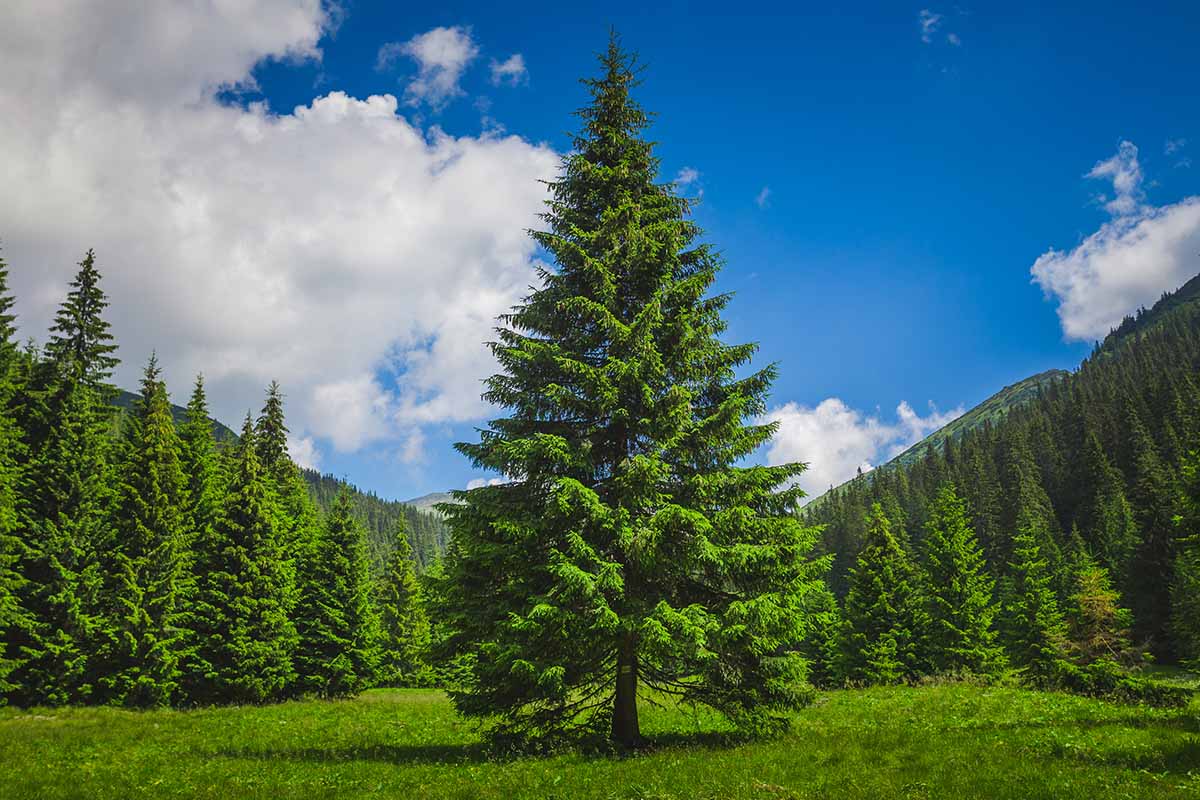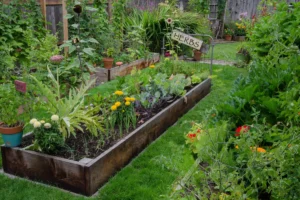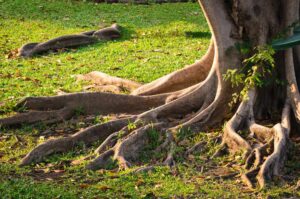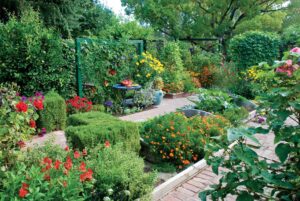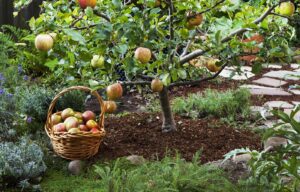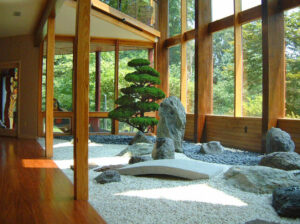An In-Depth Guide to Speedy Growth and Sustainability
As a lover of trees and sustainable landscaping, I’ve always been fascinated by how quickly some trees can grow. Fast-growing trees are not only a valuable resource for enhancing landscapes but also play an important role in environmental conservation. They can provide shade, act as windbreaks, sequester carbon, and even produce oxygen faster than their slower-growing counterparts. But what exactly makes a tree grow quickly, and how do these trees compare in terms of growth rates, size, and benefits? According to Dr. Mark Wilson, an expert in arboriculture at the University of California, “Fast-growing trees are often overlooked in the long-term planning of landscapes. However, they can provide immediate benefits, such as shade, noise reduction, and carbon sequestration, while also offering a source of timber or food.”
In this article, I’ll be exploring the fastest growing trees, backed by expert research, facts, and figures. We’ll also look at the benefits of fast-growing trees, how to choose the right tree for your needs, and how quickly these trees reach maturity. Let’s dive into the world of rapid tree growth and discover which species can give your landscape a swift transformation.
Understanding What Makes a Tree Grow Fast
Before we get into the specifics of the fastest growing trees, it’s important to understand the factors that contribute to a tree’s rapid growth. Tree growth can be influenced by several factors, including:
- Climate and weather conditions: Trees grow faster in climates with warm temperatures and plenty of rainfall.
- Soil quality: Trees require well-drained, nutrient-rich soil to thrive.
- Species characteristics: Some species naturally grow faster than others due to their genetic makeup.
- Watering and maintenance: Regular watering, proper mulching, and appropriate fertilization can accelerate growth.
Dr. Jennifer Smith, an environmental scientist at the U.S. Department of Agriculture (USDA), explains, “The growth rate of trees is often influenced by a combination of these factors. Fast-growing trees tend to be species that are adaptable to a variety of environmental conditions and can capitalize on available resources to accelerate their development.”
Fast-Growing Trees: Top Species to Consider
Now, let’s take a closer look at some of the fastest-growing tree species, their growth rates, and their characteristics. These trees are not only fast growers but also serve various ecological and practical purposes.
1. Empress Tree (Paulownia tomentosa)
The Empress Tree, also known as the Princess Tree, is one of the fastest-growing trees in the world. Under optimal conditions, it can grow up to 10 feet per year. Native to China, this deciduous tree is known for its large, heart-shaped leaves and purple, trumpet-like flowers that bloom in early spring.
- Growth Rate: 10 feet per year
- Mature Height: 40-60 feet
- Average Spread: 30-40 feet
- Benefits: Provides quick shade, attracts pollinators, and is used in reforestation projects.
Dr. James Roberts, a researcher at the National Arboretum, notes, “The Empress Tree’s rapid growth is particularly beneficial in urban reforestation efforts, where quick canopy cover is needed to mitigate the urban heat island effect.”
2. Hybrid Poplar (Populus × canadensis)
Hybrid Poplar trees are a cross between several different species of Populus, and they grow at an impressive rate of 5-8 feet per year. These trees are often planted in commercial settings for timber production due to their fast growth. They are also used in windbreaks and to stabilize soil.
- Growth Rate: 5-8 feet per year
- Mature Height: 40-50 feet
- Average Spread: 30-40 feet
- Benefits: Excellent for timber, windbreaks, and erosion control.
According to Dr. Linda Harrington, a forest ecologist at the U.S. Forest Service, “Hybrid Poplars are often planted for their economic value in timber production. They provide sustainable solutions for industries that require fast-growing timber, as they mature in a fraction of the time it takes for traditional hardwoods.”
3. Red Maple (Acer rubrum)
The Red Maple is a native tree species in North America that can grow up to 3-5 feet per year. Known for its brilliant red foliage in the fall, the Red Maple is commonly used in landscaping due to its adaptability to a wide range of soil types and its ability to thrive in wet conditions.
- Growth Rate: 3-5 feet per year
- Mature Height: 40-60 feet
- Average Spread: 30-50 feet
- Benefits: Beautiful fall color, erosion control, and wildlife habitat.
Dr. Emily Parker, a plant biologist, explains, “The Red Maple’s ability to grow quickly in wetland areas makes it a vital species in preventing soil erosion and protecting watersheds.”
4. Willow (Salix spp.)
Willows are known for their rapid growth and ability to thrive in moist soils, making them a popular choice for landscaping in wet or marshy areas. Some species, like the Black Willow, can grow up to 6 feet per year, with some varieties reaching maturity in just 10-15 years.
- Growth Rate: 6 feet per year
- Mature Height: 30-60 feet
- Average Spread: 30-40 feet
- Benefits: Erosion control, wildlife habitat, and natural water filtration.
“Willows grow so quickly that they are often planted for erosion control along riverbanks and lakeshores,” says Dr. Robert Collins, a hydrologist specializing in riparian ecosystems.
5. Fast-Growing Oak (Quercus robur)
While oaks are traditionally slow-growing trees, some hybrid varieties, such as the ‘Fast Growing English Oak,’ can grow at an accelerated rate of 2-4 feet per year. These hybrid oaks are cultivated for their ability to adapt to various soil types and growing conditions.
- Growth Rate: 2-4 feet per year
- Mature Height: 50-80 feet
- Average Spread: 40-50 feet
- Benefits: Strong timber, wildlife habitat, and long-lasting shade.
According to Dr. Kevin Turner, a forestry expert, “Fast-growing oaks are an excellent option for those seeking a balance between rapid growth and long-term sustainability. They provide shade and shelter while being resilient to pests and diseases.”
Table: Comparison of Fast-Growing Trees
Below is a table summarizing the growth rate, mature height, and average spread of the fastest-growing trees:
| Tree Species | Growth Rate (per year) | Mature Height | Average Spread | Benefits |
|---|---|---|---|---|
| Empress Tree (Paulownia) | 10 feet | 40-60 feet | 30-40 feet | Quick shade, pollinator-friendly, reforestation projects |
| Hybrid Poplar (Populus) | 5-8 feet | 40-50 feet | 30-40 feet | Timber production, windbreaks, soil stabilization |
| Red Maple (Acer rubrum) | 3-5 feet | 40-60 feet | 30-50 feet | Fall color, erosion control, wildlife habitat |
| Willow (Salix spp.) | 6 feet | 30-60 feet | 30-40 feet | Erosion control, wildlife habitat, water filtration |
| Fast-Growing Oak (Quercus robur) | 2-4 feet | 50-80 feet | 40-50 feet | Strong timber, wildlife habitat, long-lasting shade |
Benefits of Fast-Growing Trees
There are numerous benefits to planting fast-growing trees, especially in urban environments or areas where immediate shade or shelter is needed. Here are a few of the most notable advantages:
- Shade and Cooling: Fast-growing trees provide quick shade, which can lower energy costs by reducing the need for air conditioning in the summer months.
- Erosion Control: Trees like willows and hybrid poplars are excellent for stabilizing soil and preventing erosion along riverbanks and coastlines.
- Wildlife Habitat: Many fast-growing trees provide shelter and food for birds, insects, and mammals, making them essential to local ecosystems.
- Carbon Sequestration: Fast-growing trees absorb more carbon dioxide during their rapid growth phase, helping to mitigate climate change.
Choosing the Right Fast-Growing Tree for Your Landscape
When selecting a fast-growing tree for your property, consider several factors:
- Climate: Some trees thrive in wet conditions (e.g., willows), while others can tolerate dry environments (e.g., hybrid poplars).
- Space: Make sure the tree you choose has enough room to grow both vertically and horizontally. Some species, like the Empress Tree, require a lot of space.
- Soil Type: Certain trees prefer acidic soil, while others thrive in alkaline conditions. Test your soil before planting.
Dr. Roberts advises, “Always take local growing conditions into account when selecting a fast-growing tree. While these trees can grow quickly, their long-term health and success depend on a suitable environment.”
Conclusion
Fast-growing trees can transform your landscape in no time, providing benefits such as shade, erosion control, and wildlife habitat. Whether you’re looking for a tree to quickly provide cover or enhance your property with stunning foliage, choosing the right species is essential. With a little knowledge and the right tree species, you can enjoy the beauty and ecological benefits of rapid tree growth while contributing to a healthier environment.
Remember, when planting fast-growing trees, always consult with local experts, consider your environment, and ensure the species you choose is suitable for your landscape’s needs. The right tree can grow rapidly and offer long-term benefits for generations to come.
